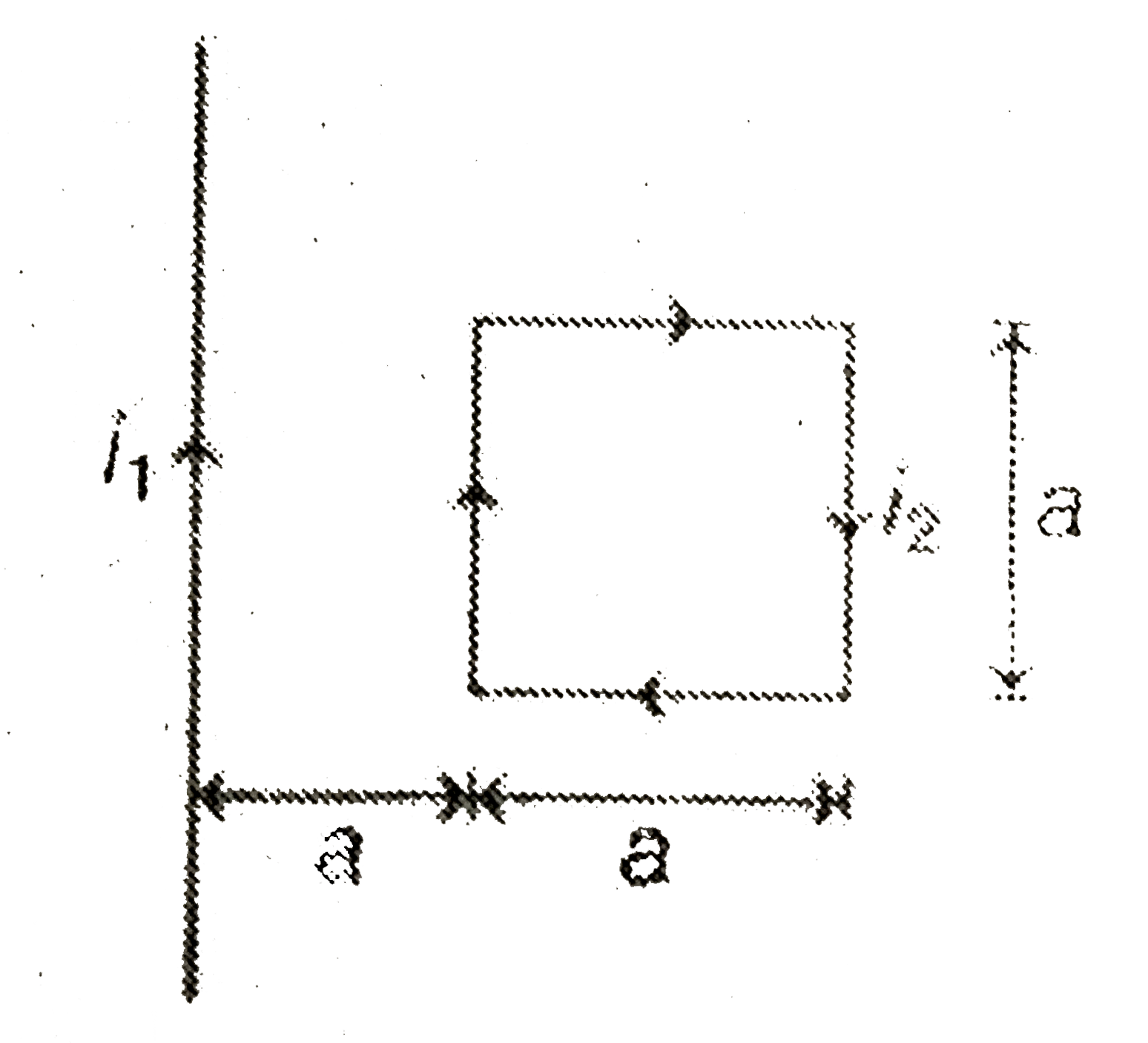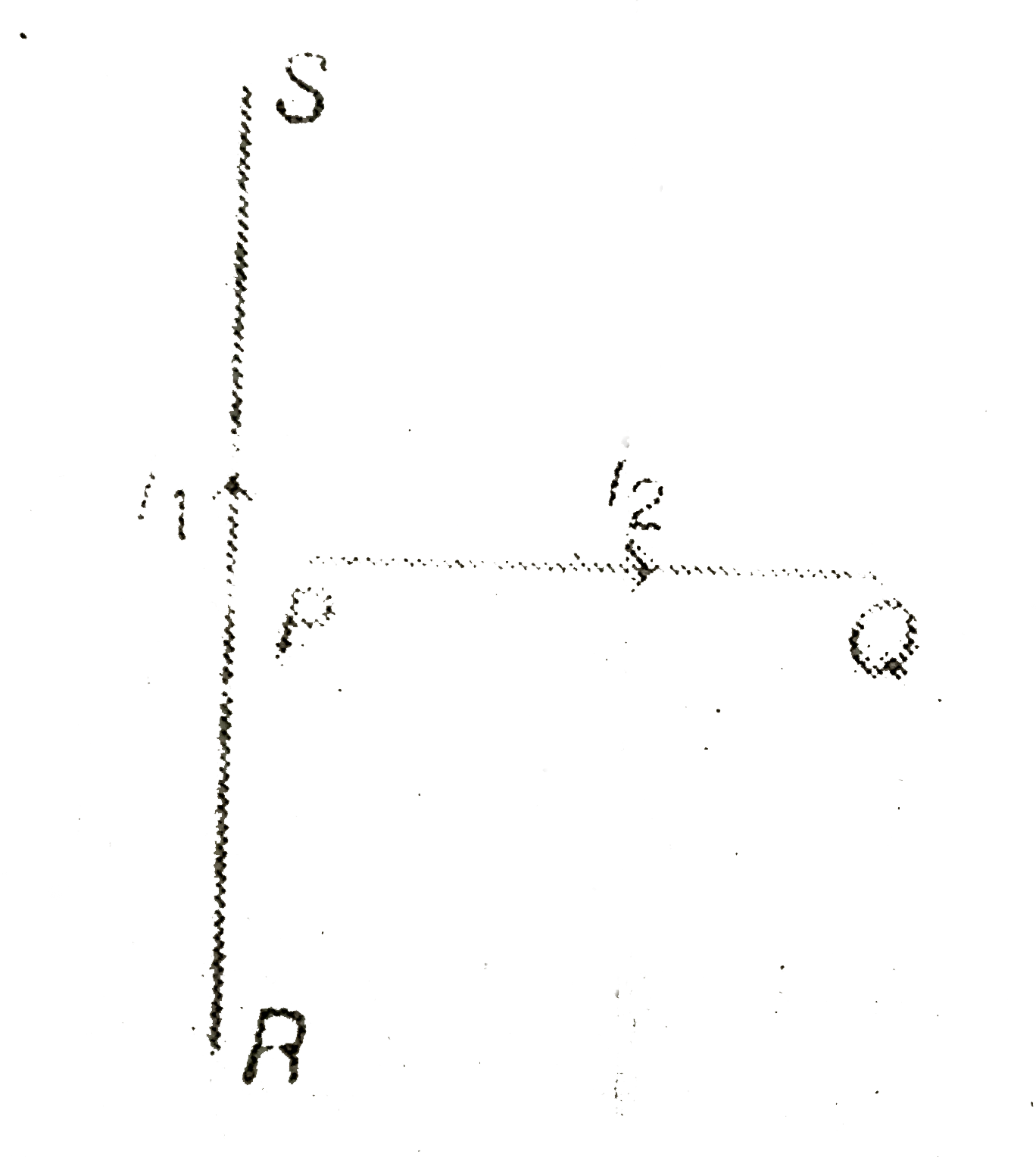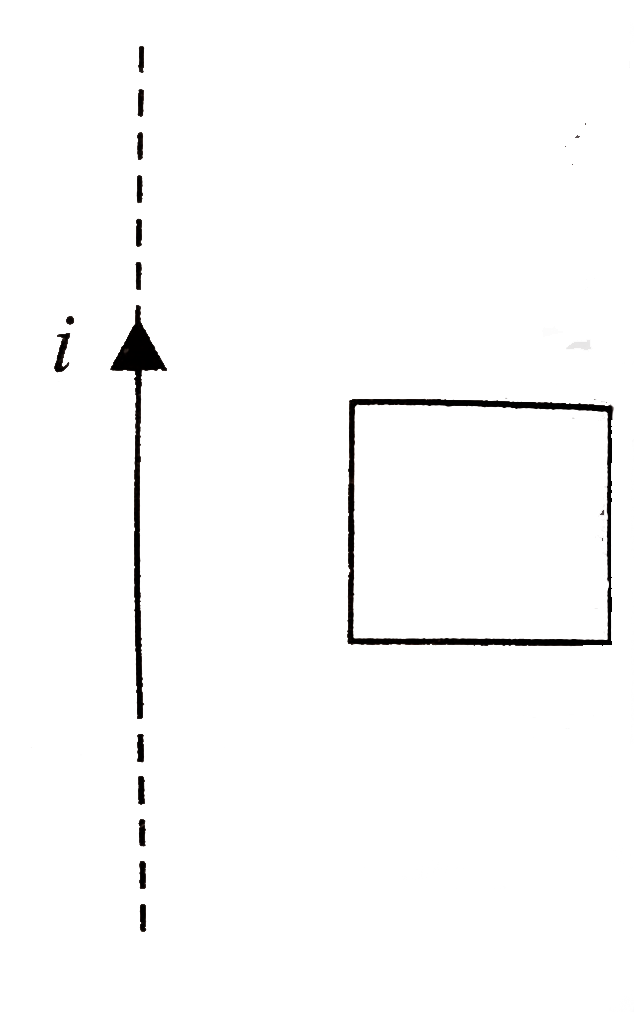A current carrying wire produces in the neighbourhood
(a)Electric and magnetic fields
(b)Electric field only
(c)Magnetic field only
(d)No field
The correct Answer is:3
To solve the question "A current carrying wire produces in the neighbourhood," we need to analyze the effects of a current-carrying wire on its surroundings.
1. Understanding the Concept: A current-carrying wire generates a magnetic field around it. This is a fundamental principle in electromagnetism.
2. Identify the Type of Current: The question does not specify whether the current is steady (constant) or varying (changing over time). However, for the purpose of this question, we will assume it is a steady current.
3. Magnetic Field Production: According to Ampère's circuital law, a steady current produces a magnetic field in the surrounding space. The direction of this magnetic field can be determined using the right-hand rule.
4. Electric Field Production: A steady current in a wire does not produce an electric field in the surrounding space. An electric field is produced only when there is a change in electric charge distribution or when the current is varying.
5. Conclusion: Since we are considering a steady current, the current-carrying wire produces only a magnetic field in its neighborhood. Therefore, the correct answer is that it produces a magnetic field only.
Final Answer:
A current-carrying wire produces a magnetic field only in the neighborhood.
---
A current-carrying wire produces a magnetic field only in the neighborhood.
Topper's Solved these Questions
- MOVING CHARGES & MAGNETISM BOOK - VMC MODULES ENGLISHCHAPTER - MOVING CHARGES & MAGNETISM EXERCISE - PRACTICE EXERCISE 5
5 Videos
- MOVING CHARGES & MAGNETISM BOOK - VMC MODULES ENGLISHCHAPTER - MOVING CHARGES & MAGNETISM EXERCISE - PRACTICE EXERCISE 6
5 Videos
- MOVING CHARGES & MAGNETISM BOOK - VMC MODULES ENGLISHCHAPTER - MOVING CHARGES & MAGNETISM EXERCISE - PRACTICE EXERCISE 3
3 Videos
- Motion in Two DimensionsBOOK - VMC MODULES ENGLISHCHAPTER - Motion in Two DimensionsEXERCISE - MCQ
2 Videos
- PROPERTIES OF MATTERBOOK - VMC MODULES ENGLISHCHAPTER - PROPERTIES OF MATTEREXERCISE - JEE Advanced (Archive) Level - 2 (MATRIX MATCH TYPE)
1 Videos
Similar Questions
Knowledge Check
Consider a current carrying wire (current I) in the shape of a circle. Note that as the current progresses along the wire, the direction of →J (current density) changes in an exact manner, while the current I remains unaffected. The agent that is essentially responsible for is
Asource of e.mf.Belectric field produced by charges accumulated on the surface of wire.Cthe charges just behind a given segment of wire which push them just right way by repulsionDthe charges just behind a given segment of wire which push them just right way by repulsion
A current carrying squre loop is placed near an infinitely long current carrying wire as shown in figure . The loop torque acting on the loop is

View SolutionConsider a current carrying wire (current I) in the shape of a circle. Note that as the current progresses along the wire, the direction of →J (current density) changes in an exact manner, while the current I remains unaffected. The agent that is essentially responsible for is
View SolutionThe force between two parallel current carrying wires is independent of
View SolutionA current carrying wire PQ is placed near an another long current carrying wire RS . If free to moves , wire will be have

View SolutionA current carrying wire PQ is placed near an another long current carrying wire RS . If free to move , wire PQ will be have

View SolutionA current I1 carrying wire AB is placed near another long wire CD carrying current I2. If wire AB is free to move, it will have

View SolutionA current carrying wire is placed along east and west in a magnetic field directed north wards. If the current in the wire is directed east wards, the direction of force on the wire is
View Solution

